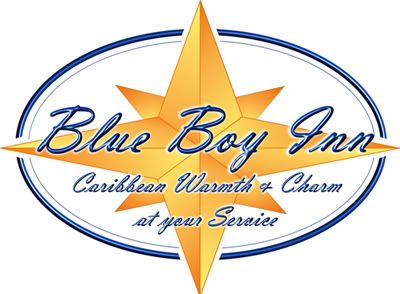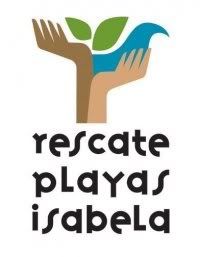PARAMETERS AND CHALLENGES OF WATER QUALITY MONITORING IN THE RINCÓN AREA
The actual monitoring program itself is fairly easy to set up and run, and consists mostly of determining a convenient time and day to collect samples and get them processed within six hours, and finding enough dedicated volunteers reliable enough to do this. To accomplish the first aspect we quickly chose Tuesday afternoon to do the testing, so that volunteers could get their samples on lunch break, or after classes or work, and the lab work could be finished before nightfall. The second aspect, for the Rincón program at least, was less of a problem- there almost always were sufficient volunteers, and most participated for months. Once the routine was established volunteer time per person or team per week for sampling was an half hour; sample processing and lab work was two hours; and acquiring test results, record keeping and results posting on internet and the national database was another hour and a half. Once the survey began lab and test work time increased due extra samples and data processing required as well as processing the samples delivered by Rescate Playas Isabela.
Once the survey started we brought the program as close as possible to comply with federal requirements for volunteer water sample collecting (yes, there are standards for this) by getting duplicate samples from one or two beaches per week. We were not able to get 10% of our samples duplicated and tested by an outside agency, despite efforts in this direction. A negative lab control (distilled water and reagent) was always processed each testing date to verify the lab equipment and techniques were not affecting test readings. This is not called for in the EPA evaluation of the IDEXX Enterolert test protocols, but was done to avoid any doubt that those protocols worked under less than ideal conditions.
The duplicate sampling is not required by the national BWTF protocols, but it was the only way to verify the volunteer collectors were adequately following the protocols while acquiring samples. It was also useful for another basic reason- the bacteria we were monitoring for are not distributed evenly in the water column Although they tend to be found in the upper water layers, fluid turbulence and current flow tend to arrange them in ‘steamers and pools’ formations and chances are very good the bacteria count will differ from a sample taken a meter away or a minute later. So duplicate sampling is the quickest way to verify a general contamination event rather than a random fluctuation. For this reason building up a ‘profile’ for each beach is a long term project. When we did the parallel test with Dr. Otero we were all taking our sample from the same 12 liter container and each of the results differed But they were all within two standard deviations from the mean, acceptable variation for the test- and to develop accurate numbers for the entire coastline requires a long time- line of monitoring.
When it comes to attempting to determine where any contamination may be coming from, Rincón faces particular challenges. First, our water is just very clean usually Even after 17 months we hadn’t acquired enough non-zero test results for any serious statistical work (the typical requirement is about 30 numbers, or 30 non-zero testing dates) beyond the basics. Second, high bacteria counts dissipate quickly along our coasts, usually within the 24 hr incubation period needed for the test. So we can’t just go back the next day and begin back tracking. Third, our coastline is particularly complicated, with two separate marine systems meeting, and is not very well studied. Tracing bacterial contamination in water is very difficult anyway, and is only done with any success in smaller enclosed systems such as lakes or rivers. The best our program as it is designed can do in this regard is eliminate possible sources when we can, and collect enough data to suggest further research directions. Fourth, the majority of published studies using the IDEXX test method, or similar to our program, concern testing in temperate climates and may not be all that relevant to the tropics. Fifth, we have very little opportunity to verify our results through some other method. Due to the ‘information vacuum’ that exists for our area we do not have previous studies to use for comparison, nor are public health statistics available for water borne illness, nor accurate local weather data. These restrictions also require us to amass a fairly large database before even the simplest patterns of contamination apparent and then confirmed statistically.
The only possible way to speed up this process was designing the survey to collect as much data as practical. As an analogy, the typical BWTF program would provide what you could consider as a scattering of pixels on a computer screen, and it would take a long time to add enough detail pixel by pixel to discern a pattern or picture being formed. By ‘framing’ those same pixels with more information, like providing them with their background colors, the picture becomes visible much more quickly.
However, the strength of the program really lies in using this very accurate, industry standard test method and the commitment of volunteers to acquire valid samples, and justification of our confidence in this has been amply demonstrated.
For more information, or to volunteer to assist with this program, please contact Steve at stevetamar@gmail.com
Wednesday, August 5, 2009
Subscribe to:
Post Comments (Atom)





No comments:
Post a Comment